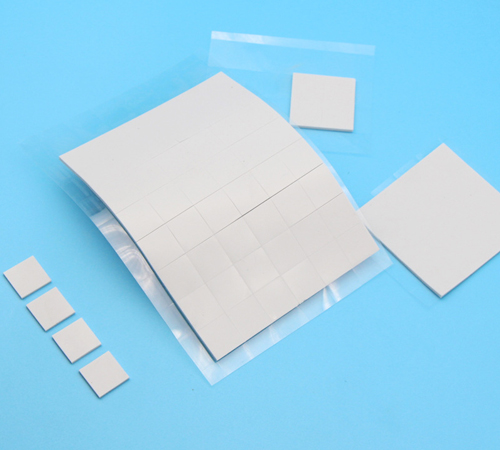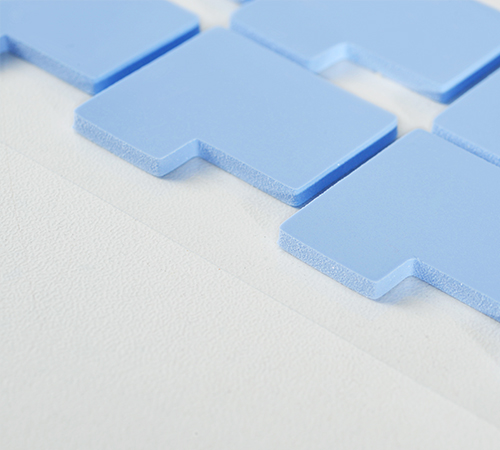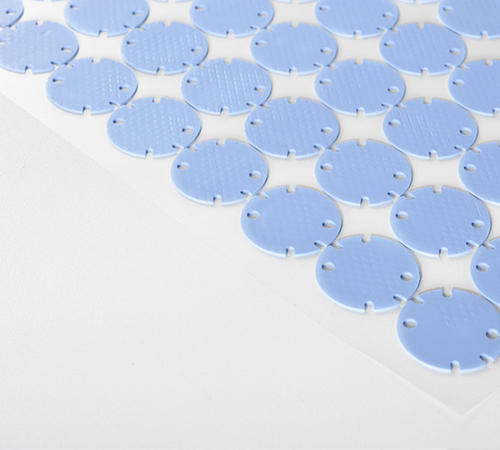From Surface Energy to Adhesion: How Corona Treatment Transforms Thermal Pads
In the production and processing of thermal silicone pads, corona treatment plays a crucial yet often overlooked role. Although it may sound highly specialized, its function is quite clear—through high-voltage discharge, the corona process modifies the material surface at the micro level, significantly improving the adhesion, coating, and lamination performance of thermal silicone pads. This enhancement allows materials to bond more firmly and perform more reliably in demanding thermal management applications.
What Is Corona Treatment?
Corona treatment is a surface activation technique that uses high-voltage, high-frequency electrical discharge to alter the molecular structure of a polymer’s surface. When the silicone pad surface passes through a corona discharge zone, the energy breaks molecular bonds on the surface, forming new polar groups such as hydroxyl (-OH) or carbonyl (-C=O). These active groups greatly increase the surface energy of the material, enabling better adhesion with coatings, adhesives, or protective films.
In simple terms, the corona process helps a previously “non-stick” silicone surface become “friendly” to adhesives and films. This change is essential for processes such as protective film lamination, double-layer pad stacking, or surface printing.
Why Thermal Silicone Pads Need Corona Treatment
Thermal silicone pads are usually composed of silicone, ceramic fillers, and other polymers. Their surface is inherently smooth and hydrophobic, which leads to poor adhesion during secondary processing—such as film coating, bonding, or lamination. Without treatment, protective films may peel off, stacked pads may delaminate, and product reliability can be compromised.
Through corona treatment:
Surface energy is increased, improving bonding with adhesives or PET films.
Interlayer adhesion is enhanced, ensuring multi-layer or stacked pads maintain structural stability.
Production yield improves, reducing defective rates caused by delamination or film separation.
Product reliability strengthens, maintaining performance under high temperature, humidity, and long-term aging.
Thus, corona treatment is not just a “pre-processing” step—it is a critical link that directly affects the appearance, processability, and long-term stability of thermal silicone pads.
How the Corona Process Enhances Product Performance
For thermal silicone pad manufacturers, corona treatment not only improves production stability but also enhances the final product’s functional consistency. Treated pads exhibit stronger film adhesion, more uniform coating, and better resistance to environmental stress.
When stacking or combining thermal silicone pads of different thicknesses, the treated surfaces achieve tighter bonding, reducing interface resistance and improving overall heat transfer efficiency. In actual applications—such as automotive OBC modules, 5G communication base stations, and server power systems—this enhanced adhesion helps maintain reliable contact between the pad and the heat-generating component, ensuring efficient heat dissipation and long-term performance.
Summary
Corona treatment is a subtle yet powerful technique that provides the surface activation necessary for achieving high-quality bonding, coating, and lamination in thermal silicone pad production. It not only improves processing efficiency but also enhances thermal performance stability.
In high-demand fields like new energy vehicles, communications, and industrial power electronics, this micro-level process creates macro-level reliability—helping thermal interface materials achieve their best performance in real-world applications.
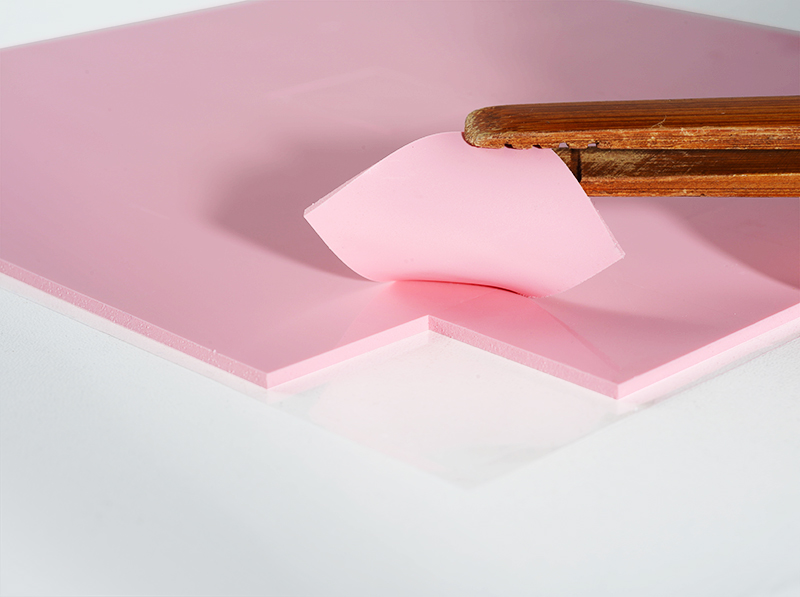
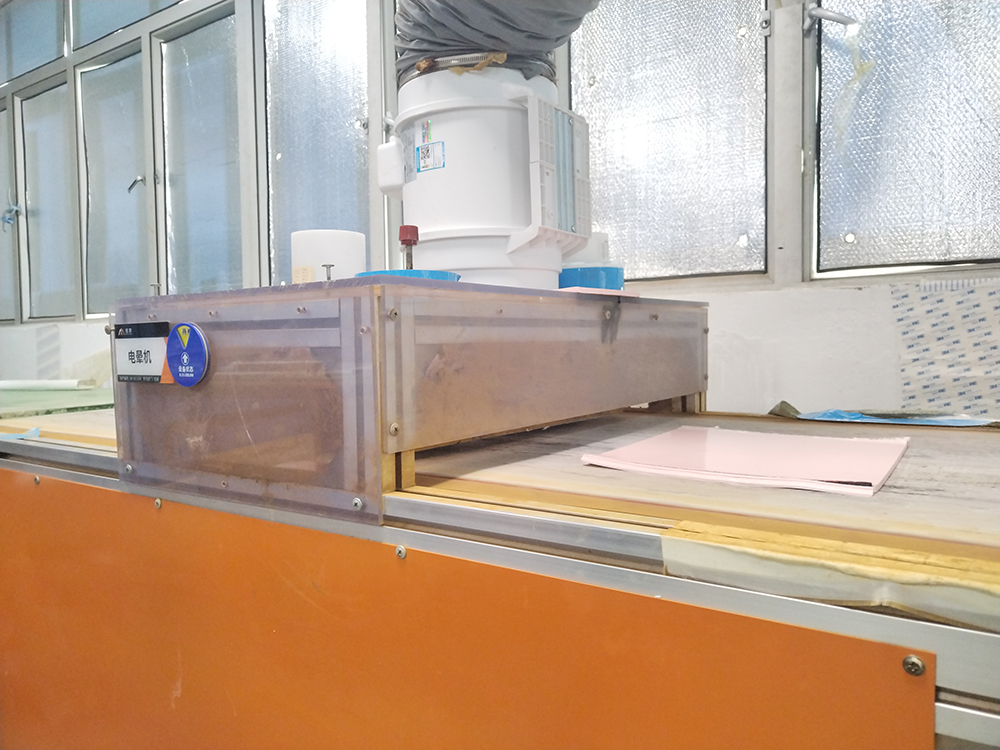
 CN >
CN >
